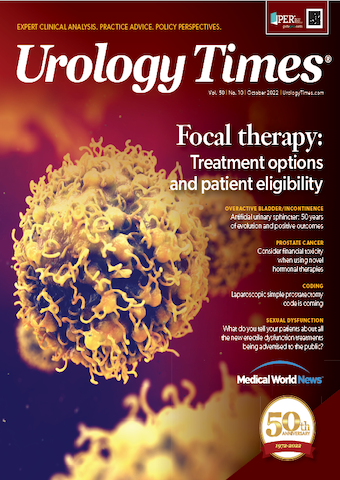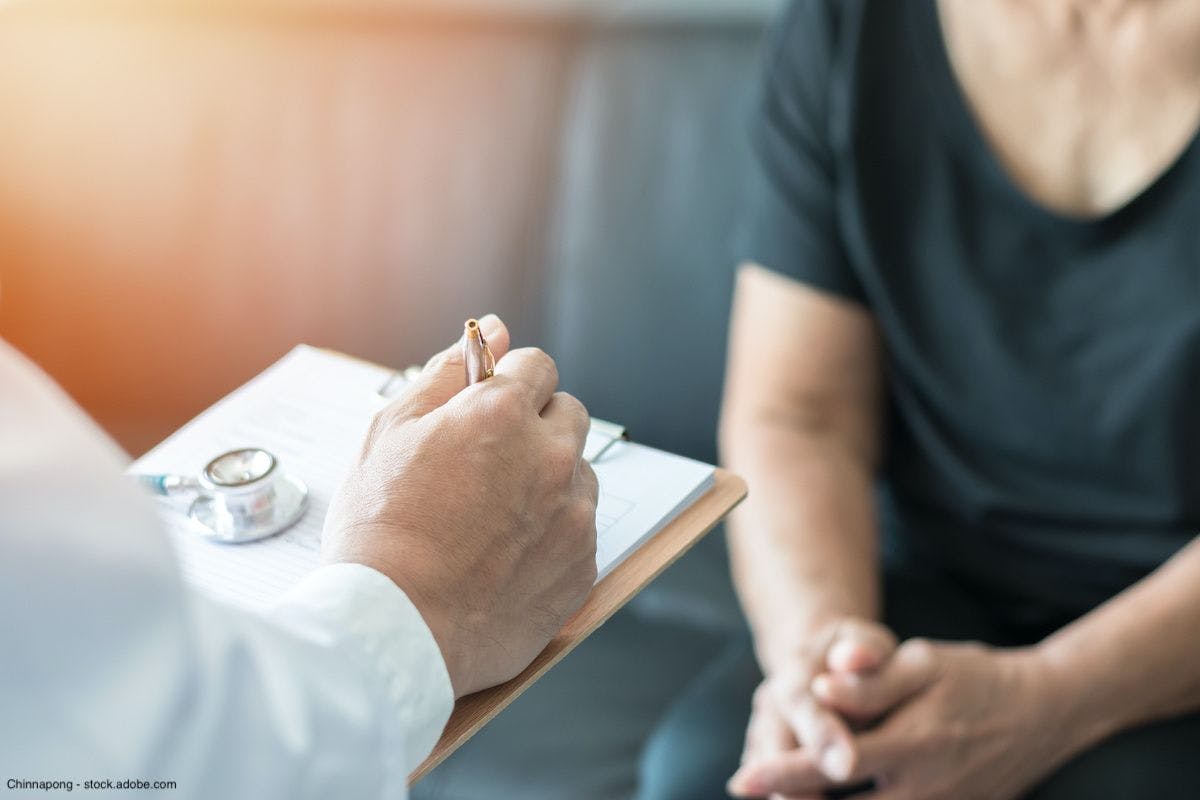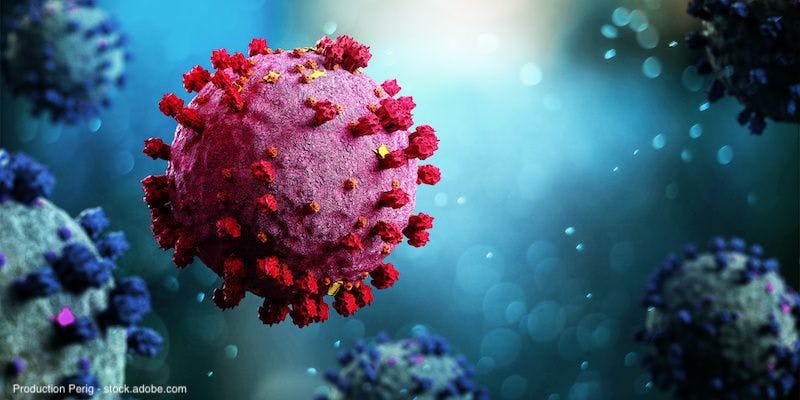Publication
Article
Urology Times Journal
What are your thoughts on reporting CPT code 64590 when placing an eCoin device?
Author(s):
Jonathan Rubenstein, MD, is compliance officer and medical director of coding and reimbursement, United Urology Group and Chesapeake Urology, Towson, Maryland.

I have heard some individuals are reporting CPT code 64590 when placing an eCoin device. What are your thoughts?
eCoin is an exciting new technology for the management of bladder overactivity that is implanted near the posterior tibial nerve subcutaneously. CPT codes that specifically mention the posterior tibial nerve include CPT code 64566 (posterior tibial neurostimulation, percutaneous needle electrode, single treatment, includes programming) and Category III CPT codes 0587T (percutaneous implantation or replacement of integrated single device neurostimulation system including electrode array and receiver or pulse generator, including analysis, programming and imaging guidance when performed, posterior tibial nerve) along with 0588T (…revision or removal of integrated single device neurostimulation system posterior tibial nerve). There is currently no code that is specific for placing the eCoin. Per AMA guidance, an unlisted CPT code should be chosen when there is no specific code to report that service. If an unlisted code was used to report eCoin, the best code may be 64999 (unlisted procedure, nervous system). CPT code 64590 describes “insertion or replacement of peripheral or gastric neurostimulator pulse generator or receiver, direct or inductive coupling.” Although one could certainly make a good argument that the eCoin fits this description by being a peripheral pulse generator or receiver, there are others who may question the meaning of “direct or inductive coupling” and the necessity for that in reporting the code.
Mark Painter is CEO of PRS Urology SC in Denver, Colorado.

The coding for this device is reminiscent of initial coding advice and response for percutaneous tibial nerve stimulation (PTNS) and Rezūm. You may recall that initially, coding for PTNS recommended by the manufacturer was to report PTNS with code 64561 based on input from AMA. Initial coding advice from the manufacturer and from Physician’s Reimbursement Services for Rezūm was 53852 based on input from the American Urological Association. In each case, codes specifically addressing each service were added to CPT, and reporting followed. In each of these cases, practices had official opinions supporting the use of those codes that were considered close to correct. For eCoin, no official opinion has been issued by CPT for the use of CPT code 64590 for reporting the procedure implanting the eCoin device. We advise that each office communicate with a patient’s insurance company about the best code to use when reporting eCoin and to get their policy in writing, and consider getting a predetermination. As there has been no official opinion given, when a payer seen CPT code 64590 being reported in patients with urinary urgency and other bladder-related symptoms the payers may assume that the surgeon is placing a sacral nerve stimulator. The risk of this of course is that if the payer then later realize that an eCoin was placed there is a risk of take-backs of payment if there was no policy in place, the device was felt to be experimental for that insurer, or if there was communication or predetermination of the procedure being performed. If paid under code 64590 and under a false assumption that the service provided was not insertion of eCoin, it could be considered a contractual violation or in some cases fraud. We therefore strongly recommend the use of code 64999 unless otherwise instructed by the payer for reporting eCoin.
Send coding and reimbursement questions to Jonathan Rubenstein, MD, and Mark Painter c/o Urology Times®, at UTeditors@mjhlifesciences.com.
Questions of general interest will be chosen for publication. The information in this column is designed to be authoritative, and every effort has been made to ensure its accuracy at the time it was written. However, readers are encouraged to check with their individual carrier or private payers for updates and to confirm that this information conforms to their specific rules.































